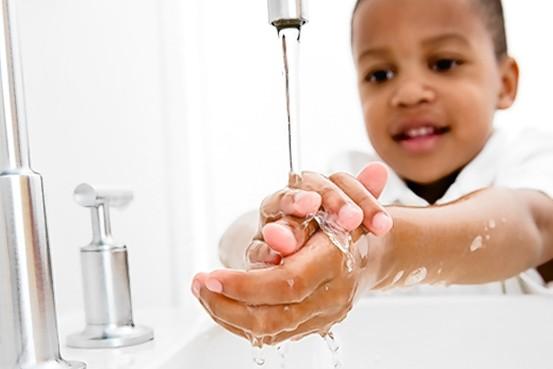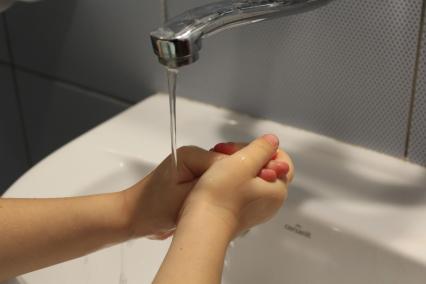
According to the Centers for Disease Control and Prevention, the single most important thing we can do to keep from getting sick and spreading illness to others is to wash our hands.
When should you clean your hands?
Regular handwashing with soap and running water is one of the best ways to remove germs, avoid getting sick, and prevent the spread of germs to others. If soap and water are not available use a hand sanitizer or hand wipe.
These are key times to clean your hands:
- Before, during, and after preparing food
- Before eating food
- Before and after caring for someone who is sick
- Before and after treating a cut or wound
- After using the toilet
- After changing diapers or cleaning up a child who has used the toilet
- After blowing your nose, coughing, or sneezing
- After touching an animal, animal feed, or animal waste
- After handling pet food or pet treats
- After touching garbage
- Clean your hands anytime they are dirty.
Wash Your Hands the Right Way
- Wet your hands with clean, running water (warm or cold), turn off the tap, and apply soap.
- Lather your hands by rubbing them together with the soap. Be sure to lather the backs of your hands, between your fingers, and under your nails.
- Scrub your hands for at least 20 seconds. Need a timer? Hum the "Happy Birthday" song from beginning to end twice.
- Rinse your hands well under clean, running water.
- Dry your hands using a clean towel or air dry them.
When Soap & Water are not Available
Frequently cleaning your hands can slow the spread of germs. Alcohol based hand sanitizers or gels or antibacterial wipes are useful alternatives if soap and water are not available (for example, when traveling in the car or taxi on the way to a business meeting, before eating an in-flight meal or snack, outdoor work settings, etc.)
Hand Sanitizers:
- Use one or two squirts or pumps of the product.
- Rub hands together briskly, including the front and back, between fingers, around and under nails until hands are dry.
Wipes:
- Wipe all areas of hands until they are visibly clean.
- Use one or more wipes and dispose in an appropriate trash container.
- Let hands air dry.

From teaching hand hygiene to preschoolers with Hooray for Handwashing songs and stories to getting students involved in promoting clean hands through the Healthy Schools, Healthy People program, ACI has many useful resources for teaching hand hygiene.

Alcohol based hand sanitizers or gels or antibacterial wipes are useful alternatives if soap and water are not available.